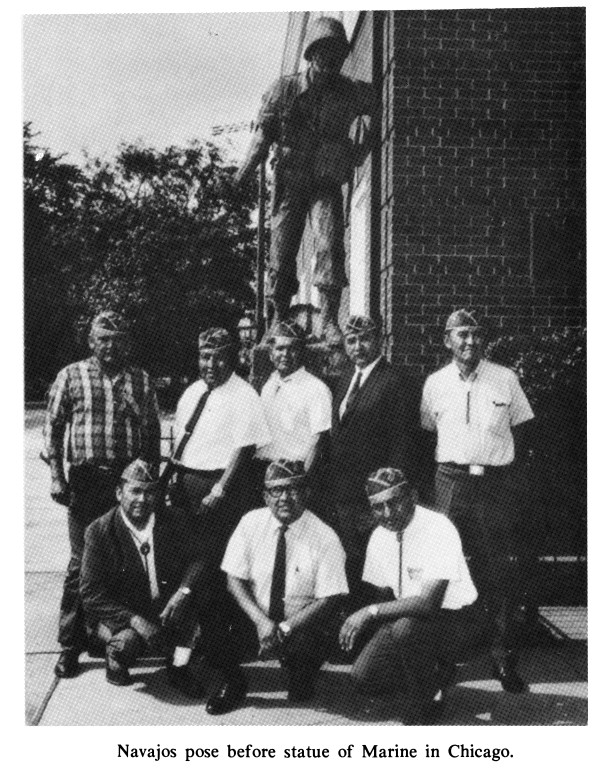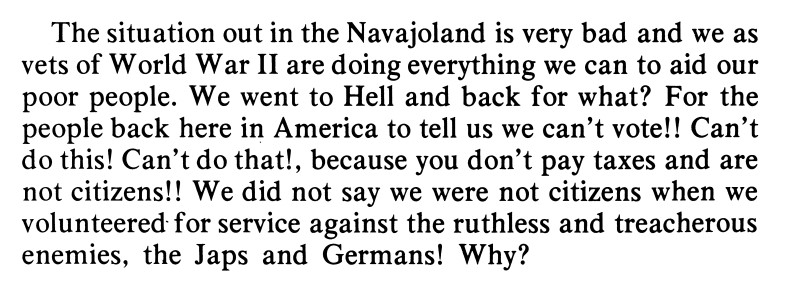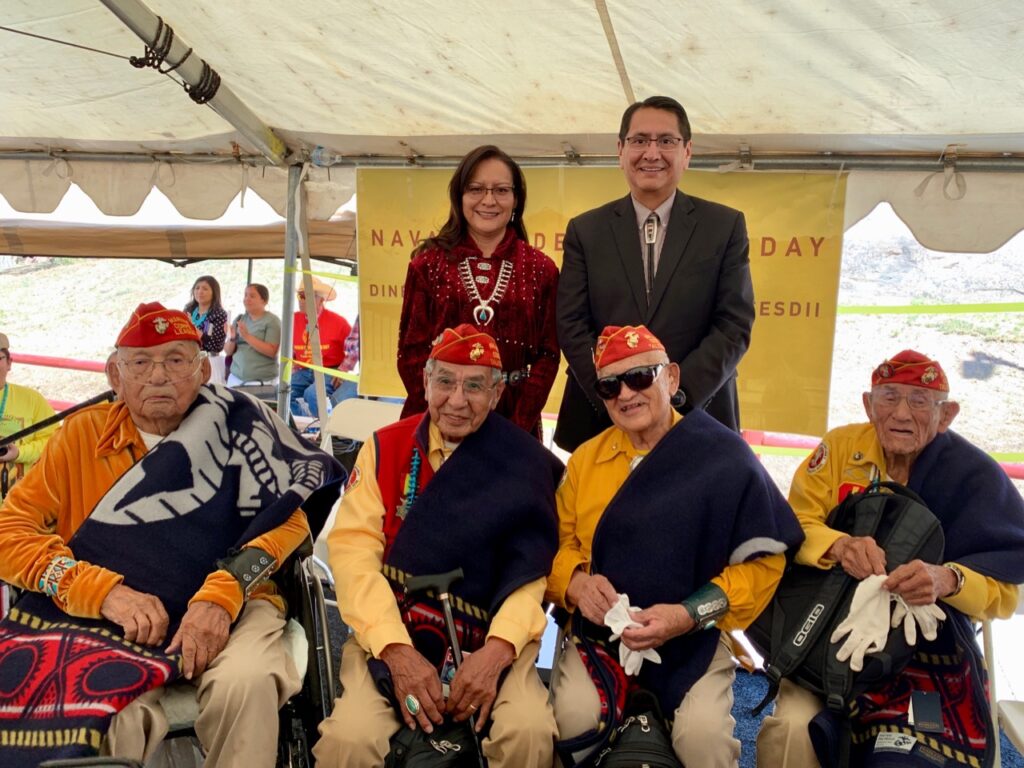The Legacy of the Navajo Code Talkers | The Navajo Code Talkers 50th Anniversary
The year 2023 marks the 50th anniversary of the publication of The Navajo Code Talkers by Doris A. Paul. The Navajo Code Talkers, published by Dorrance in 1973, remains the single most comprehensive historical account of the contribution of the Navajo Americans during World War II. With more than 50,000 copies in print, The Navajo Code Talkers was one of the first published efforts to tackle the fascinating subject of how Navajo Marines developed a code based on their own language – a code that was never broken by the Japanese.
As we celebrate Navajo Code Talkers Day on August 14th and the anniversary of the end of World War II in the Pacific on August 15th, let’s reflect on the legacy of the Navajo code talkers.

The Navajo Marines who served as code talkers were fluent in English as well as their native Navajo. In the early 20th century, those on the Navajo reservation were forced to attend government-run schools, in an effort to ‘Americanize’ the Navajos – they spoke English, and were expected to convert to Christianity. It was then ironic that they were called upon to help the United States with their native language. Many also attended schools outside the reservation that offered classes in various trades and occupations. This combination of education made them effective soldiers. More importantly, once they were Marines, they were steadfast, dependable, and honorable in service.
The service of the Navajo code talkers was kept secret for decades after the war ended. Upon returning, they were not able to vote in U.S. elections – they would not be able to vote until 1948. Most Americans did not know that they served or the instrumental role they played. This was due to the code itself being classified information. Once the code was declassified in 1968, the role of the Navajo Marines in the Pacific theater was known, and people were finally able to pay tribute to the Navajo Marines, including those 400+ who served as code talkers. The Navajo Code Talkers by Doris A. Paul contains a personal letter from a code talker to the man who started the code talkers program, Philip Johnston.

The Navajos indeed were living in less than ideal conditions. Despite the “Americanization” efforts of previous generations, the tribe was still impoverished. Grassroots efforts to combat this began around the same time the service of Navajos in World War II became public knowledge.
From before being sent to war, to decades later, the common denominator in the Navajos’ service was a spirit to fight for better things. One code talker cited in The Navajo Code Talkers explains the Navajos’ sense of patriotism:
“On being asked, one code talker replied that the tribe does not have a word that actually means patriotism. ‘But during World War II,’ he said, ‘we were fighting for our country. Then we were being attacked… If someone is trying to take something away from us, we fight back. If this is what you call patriotism, then we are very patriotic!’”
A sense of pride in their land and the homefront drove them to service. It just took a couple decades for the rest of the country to recognize it.

Navajo Nation President Jonathan Nez and First Lady Phefelia Nez are seen in the back row with Navajo Code Talkers. from left: Joe Vandever, Peter MacDonald, Thomas H. Begay, and John Kinsel during the Navajo Code Talker Day celebration on August 14, 2019 at the Veterans Memorial Park in Window Rock, Arizona. Photo: Navajo Nation Office of the President and Vice President (Source)
Not until the 21st century did they start to be honored formally by the country they had served at the federal level. The “Honoring the Code Talkers Act,” was introduced by Senator Jeff Bingaman from New Mexico in April 2000, and signed into law December 21, 2000. During a ceremony at the U.S. Capitol on July 26, 2001, the first 29 Navajo Marines received the Congressional Gold Medal. The Congressional Silver Medal was presented to the remaining Navajos who later qualified to be code talkers. According to archives.gov, Senator Bingaman’s legislation was one attempt to answer the question of how the United States should document and remember the Navajo code talkers. As the 21st century has continued on, more and more efforts to honor and remember the Navajo code talkers are instituted each year.
As of 2023, only three Navajo Code Talkers are still alive. On Navajo Code Talkers day 2022, a groundbreaking ceremony was held for the eventual Navajo Code Talkers Museum in Tse Bonito, New Mexico. More people than ever are aware of the Navajo code talkers, not only for their role in World War II, but for their pride, honor, and character.
Sources:
The Navajo Code Talkers by Doris A. Paul
“Semper Fidelis, Code Talkers” by Adam Jevec Winter 2001, Vol. 33, No. 4
